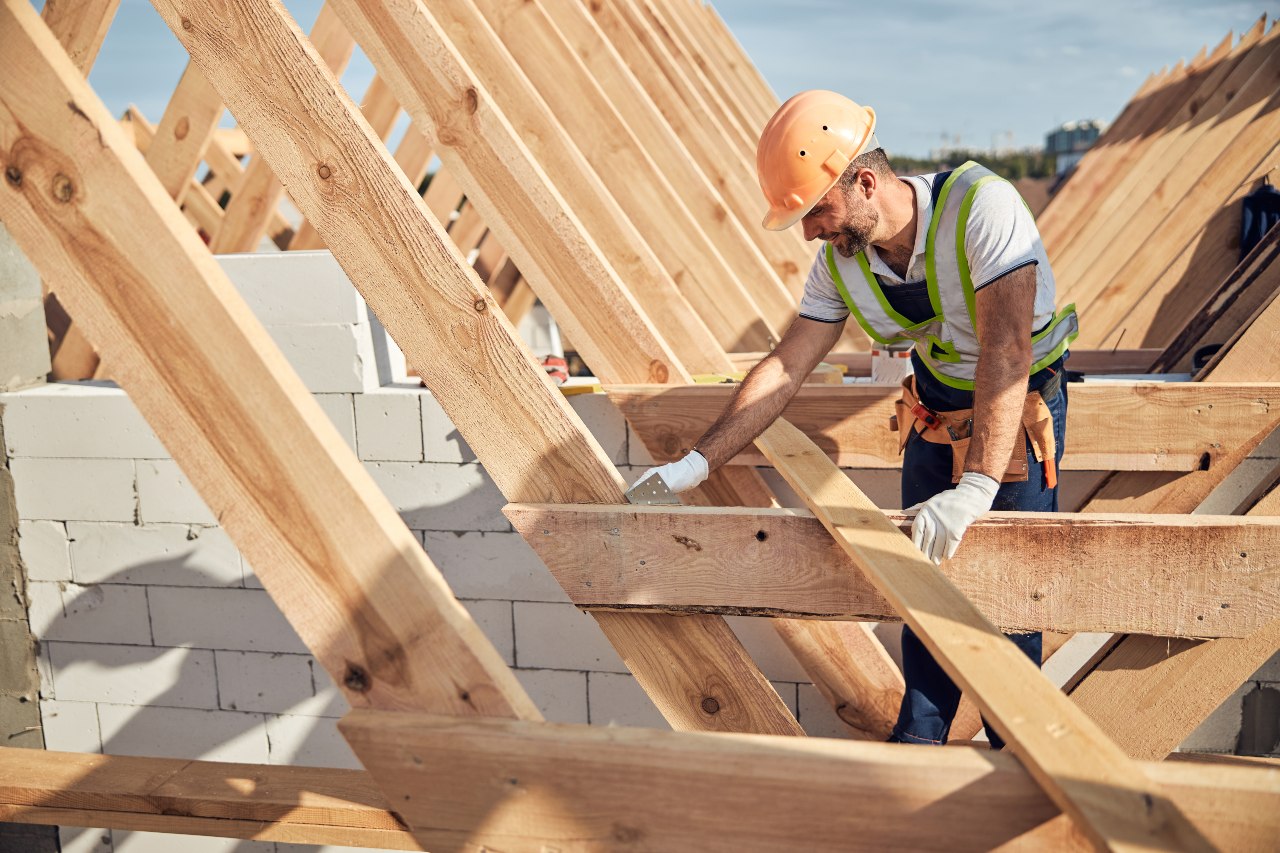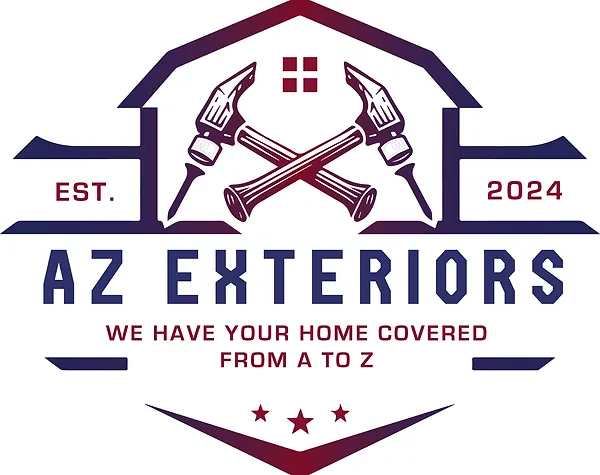In summary, while a typical roof replacement might take just a few days, it’s always best to consult with your roofing contractor for a more accurate estimate tailored to your specific situation.
The lifespan of asphalt shingles can vary based on several factors such as the quality of the shingles, the climate, and how well they are maintained. However, here are some general guidelines:
1. Standard Asphalt Shingles: These typically last 15 to 30 years. They are the most common type and provide a good balance between affordability and durability. 2. Architectural (or Dimensional) Shingles: These are a higher quality and thicker type of asphalt shingle. They can last 25 to 40 years, offering better durability and aesthetic appeal. 3. Premium Asphalt Shingles: These top-tier shingles can last 40 to 50 years. They are often designed to mimic the look of slate or other high-end materials.
To maximize the lifespan of asphalt shingles, regular maintenance is essential, including cleaning debris off the roof, checking for damaged or missing shingles, and ensuring proper attic ventilation. It’s always a good idea to consult with a roofing professional to assess the condition of your shingles and get personalized advice.
Metal roofs can be an affordable option depending on various factors such as the type of metal, the complexity of the roof design, and regional labor costs. Here’s a breakdown:
1. Initial Cost: The upfront cost of metal roofs can be higher compared to traditional asphalt shingles. However, prices vary based on the material. For example, steel and aluminum roofs tend to be more affordable than copper or zinc roofs. 2. Longevity: One of the significant advantages of metal roofs is their long lifespan. While asphalt shingles may need to be replaced every 15-30 years, metal roofs can last 50 years or more, making them a cost-effective option in the long run. 3. Energy Efficiency: Metal roofs reflect solar heat, which can reduce cooling costs by up to 25%. This can lead to savings on energy bills over time. 4. Maintenance Costs: Metal roofs require less maintenance than other roofing materials. Their durability and resistance to elements like wind, hail, and fire can result in lower repair costs.
In summary, while the initial investment for a metal roof might be higher, their durability, energy efficiency, and low maintenance can make them a financially savvy choice over time. It’s wise to consider both the short-term and long-term costs when evaluating affordability.
Fiber cement siding like Hardie Board is a popular choice for homeowners, and there are several reasons why it might be worth the investment. Here are some key points to consider:
1. Durability: Fiber cement siding is known for its resilience. It can withstand harsh weather conditions such as heavy rain, strong winds, and extreme temperatures without warping, rotting, or cracking. This makes it a long-lasting option that can endure for decades. 2. Low Maintenance: Unlike wood siding, which requires regular painting and sealing, fiber cement siding is low maintenance. It doesn’t rot or attract pests like termites, and its color can last for many years with minimal upkeep. 3. Fire Resistance: Fiber cement siding is non-combustible, providing an added layer of protection against fire. This can be especially important in areas prone to wildfires. 4. Aesthetic Versatility: Available in a variety of textures and colors, fiber cement siding can mimic the look of wood, stucco, or masonry. This versatility allows homeowners to achieve the desired aesthetic for their home without sacrificing durability. 5. Cost: While fiber cement siding can be more expensive than vinyl or aluminum siding, its long-term benefits often justify the initial investment. The durability and low maintenance can save money on repairs and replacements over time.
In summary, fiber cement siding offers a blend of durability, low maintenance, fire resistance, and aesthetic appeal. While it may come with a higher upfront cost, its long-term benefits often make it a worthwhile investment for many homeowners. Consulting with a professional can help you determine if it’s the right choice for your specific needs and budget.
Investing in composite decking can be worth the extra money for many homeowners. Here are some key reasons why:
1. Durability: Composite decking is made from a combination of wood fibers and plastic, making it highly resistant to rot, warping, and cracking. It can withstand harsh weather conditions and heavy foot traffic, which ensures a longer lifespan compared to traditional wood decking.
2. Low Maintenance: Unlike wood decking, composite decking does not require regular staining, sealing, or painting. It is resistant to mold, mildew, and insect damage, reducing the need for frequent maintenance. A simple periodic cleaning with soap and water is usually sufficient.
3. Aesthetic Appeal: Composite decking comes in a wide range of colors and finishes that mimic the look of natural wood. It offers a consistent appearance without the need for painting or staining, and the color won’t fade as quickly as wood.
4. Environmental Considerations: Many composite decking products are made from recycled materials, making them a more environmentally friendly option. By choosing composite decking, you are contributing to the reduction of waste and promoting sustainability.
5. Long-Term Cost Savings: While the initial cost of composite decking may be higher than wood, the reduced maintenance and longer lifespan can result in cost savings over time. You won’t need to spend money on paint, stain, sealant, or frequent repairs.
In summary, while composite decking may come with a higher upfront cost, its durability, low maintenance, aesthetic appeal, environmental benefits, and long-term cost savings often make it a worthwhile investment for many homeowners. It’s important to weigh these benefits against your budget and specific needs to determine if it’s the right choice for your project.
Yes, there are several financing options available for roof or siding projects. Here are some common ones:
Homeowners Insurance: If the damage to your roof or siding is due to a covered event like a storm or fire, your homeowners insurance may cover part or all of the cost.
Personal Loans: You can apply for a personal loan from banks, credit unions, or online lenders. These loans typically have fixed interest rates and repayment terms.
Home Equity Loans or Lines of Credit: If you have equity in your home, you can borrow against it to finance your project. These loans often have lower interest rates compared to personal loans.
Credit Cards: If you have a credit card with a high limit and low interest rate, you might consider using it for smaller projects. Some cards even offer introductory 0% interest periods.
Roofing Company Financing: Some roofing companies offer their own financing plans, which can include payment plans or loans specifically for their services. We offer 0% financing through “Wisetack” for up to 12 months. There are also many other financing plans available through “Wisetack” that’ll fit everyone’s needs and budget, just follow the links on the main page to see if you qualify!
Government-Funded Home Improvement Loans: Depending on your location, there may be government programs that offer loans or grants for home improvement projects.
It’s a good idea to compare these options and consider factors like interest rates, repayment terms, and any fees involved. Consulting with a financial advisor can also help you make the best decision for your situation.
The time it takes to replace vinyl siding can vary depending on several factors, such as the size of the house, the complexity of the siding design, and the efficiency of the installation crew. Here’s a general breakdown:
1. Small to Medium Homes: For an average-sized home with straightforward siding design, the replacement process typically takes 3 to 7 days. 2. Larger Homes or Complex Designs: If the home is larger or has a more intricate siding design, it may take 7 to 14 days or more. 3. Weather Conditions: Adverse weather can delay the process. Ideal conditions for replacing siding are mild and dry weather. 4. Preparation and Inspection: Additional time may be needed for removing old siding, inspecting the underlying structure for any damage, and making necessary repairs before the new siding can be installed. 5. Crew Size: The number of workers on the installation crew can also impact the timeline. A larger crew can complete the project more quickly.
In summary, while the duration of a vinyl siding replacement project can vary, a typical range is from several days to a couple of weeks. Consulting with a professional siding contractor can provide a more accurate estimate based on your specific situation.

